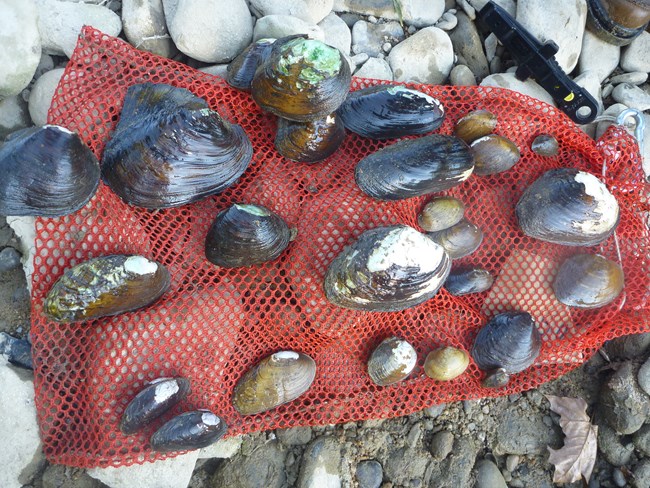
NPS Photo
The elements and processes that are monitored are a subset of the total suite of natural resources that park managers are directed to preserve "unimpaired for future generations," including water, air, geological resources, plants and animals, and the various ecological, biological, and physical processes that act on those resources. In situations where natural areas have been so highly altered that physical and biological processes no longer operate (e.g., control of fires and floods in developed areas), information obtained through monitoring can help managers understand how to develop the most effective approach to restoration or, in cases where restoration is impossible, ecologically sound management.
The APHN Monitoring Plan provides a detailed description of the strategy for monitoring these vital signs.
Vital Signs
-
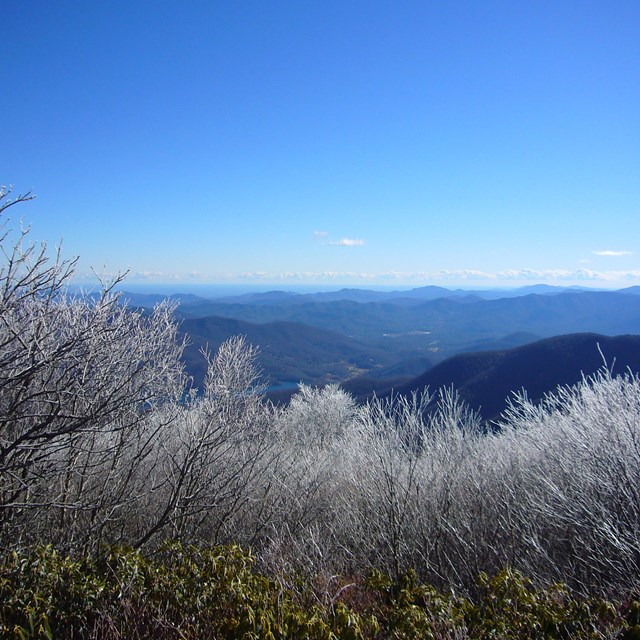 Air Quality Monitoring
Air Quality MonitoringThe network examines key air quality indicators including ozone, visibility and atmospheric deposition.
-
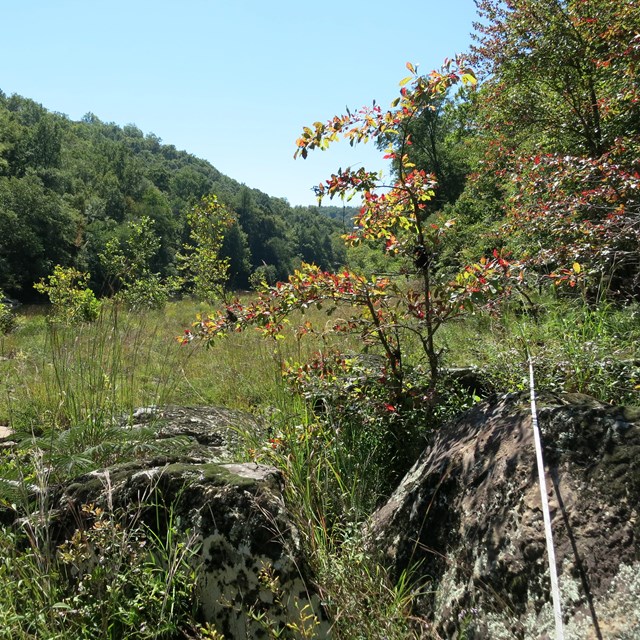 Cobble Bar Monitoring
Cobble Bar MonitoringCumberlandian cobble bars are unique plant communities endemic to the Cumberland Plateau of Tennessee and Kentucky.
-
 Exploited Plant Monitoring
Exploited Plant MonitoringIllegal harvesting of plants for commercial sale in the herbal remedy and floral markets is a growing concern along the Blue Ridge Parkway.
-
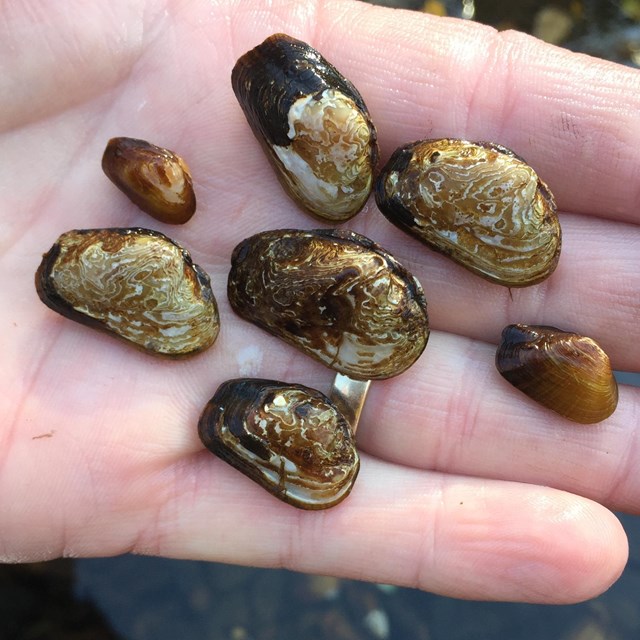 Freshwater Mussel Monitoring
Freshwater Mussel MonitoringThe habitat protected by the Big South Fork is believed to be the best remaining freshwater mussel refugium in the Cumberland River system.
-
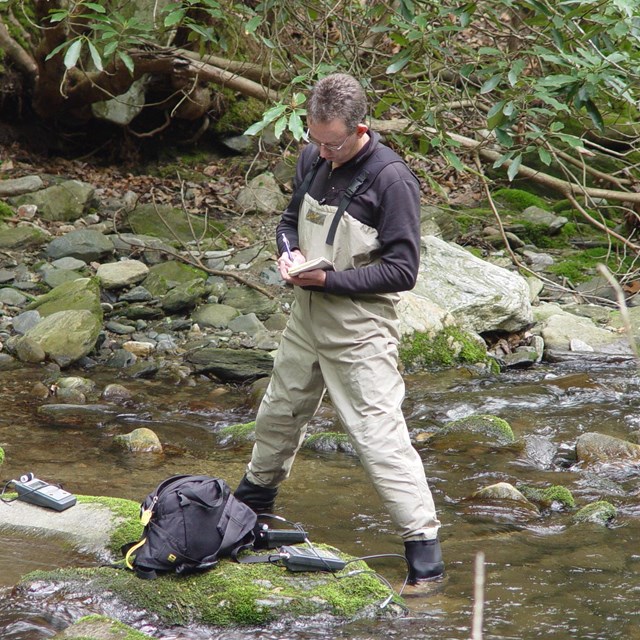 Water Quality Monitoring
Water Quality MonitoringThe health of aquatic systems in Big South Fork NRRA and Obed WSR is largely dependent on land use activities upstream of the parks.
Last updated: August 20, 2018
